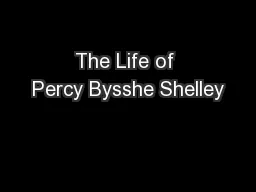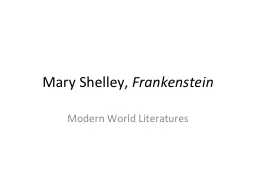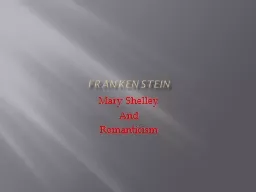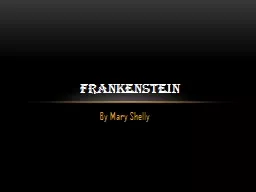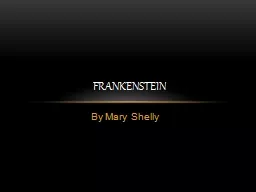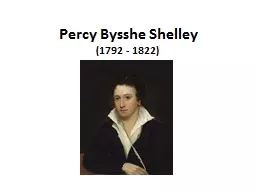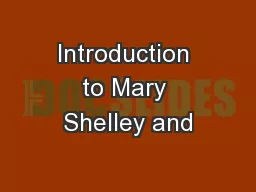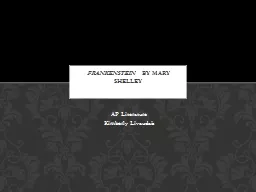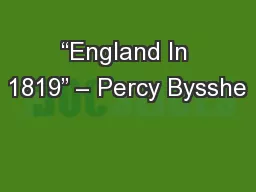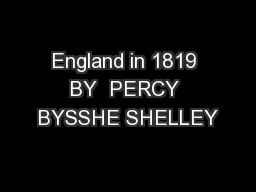PPT-The Life of Percy Bysshe Shelley
Author : tatiana-dople | Published Date : 2016-04-03
1792 Percy Bysshe Shelley Born Percy Bysshe Shelley is born in Horsham England He is the first of seven children of the Whig Parliamentarian Sir Timothy Shelley
Presentation Embed Code
Download Presentation
Download Presentation The PPT/PDF document "The Life of Percy Bysshe Shelley" is the property of its rightful owner. Permission is granted to download and print the materials on this website for personal, non-commercial use only, and to display it on your personal computer provided you do not modify the materials and that you retain all copyright notices contained in the materials. By downloading content from our website, you accept the terms of this agreement.
The Life of Percy Bysshe Shelley: Transcript
Download Rules Of Document
"The Life of Percy Bysshe Shelley"The content belongs to its owner. You may download and print it for personal use, without modification, and keep all copyright notices. By downloading, you agree to these terms.
Related Documents

